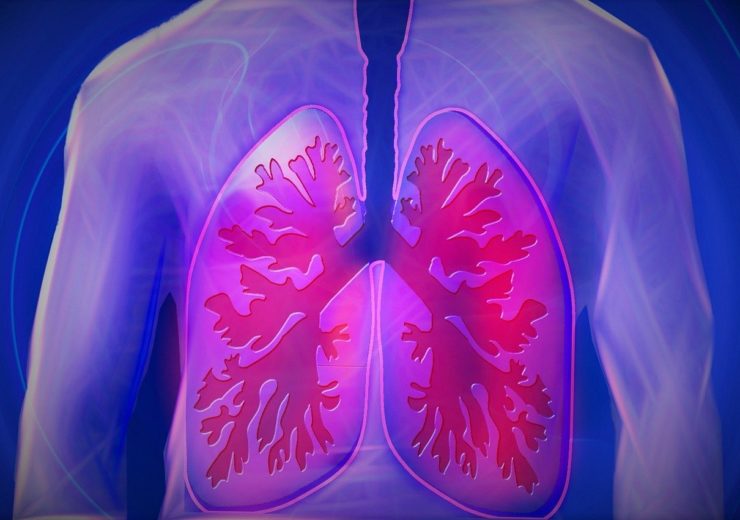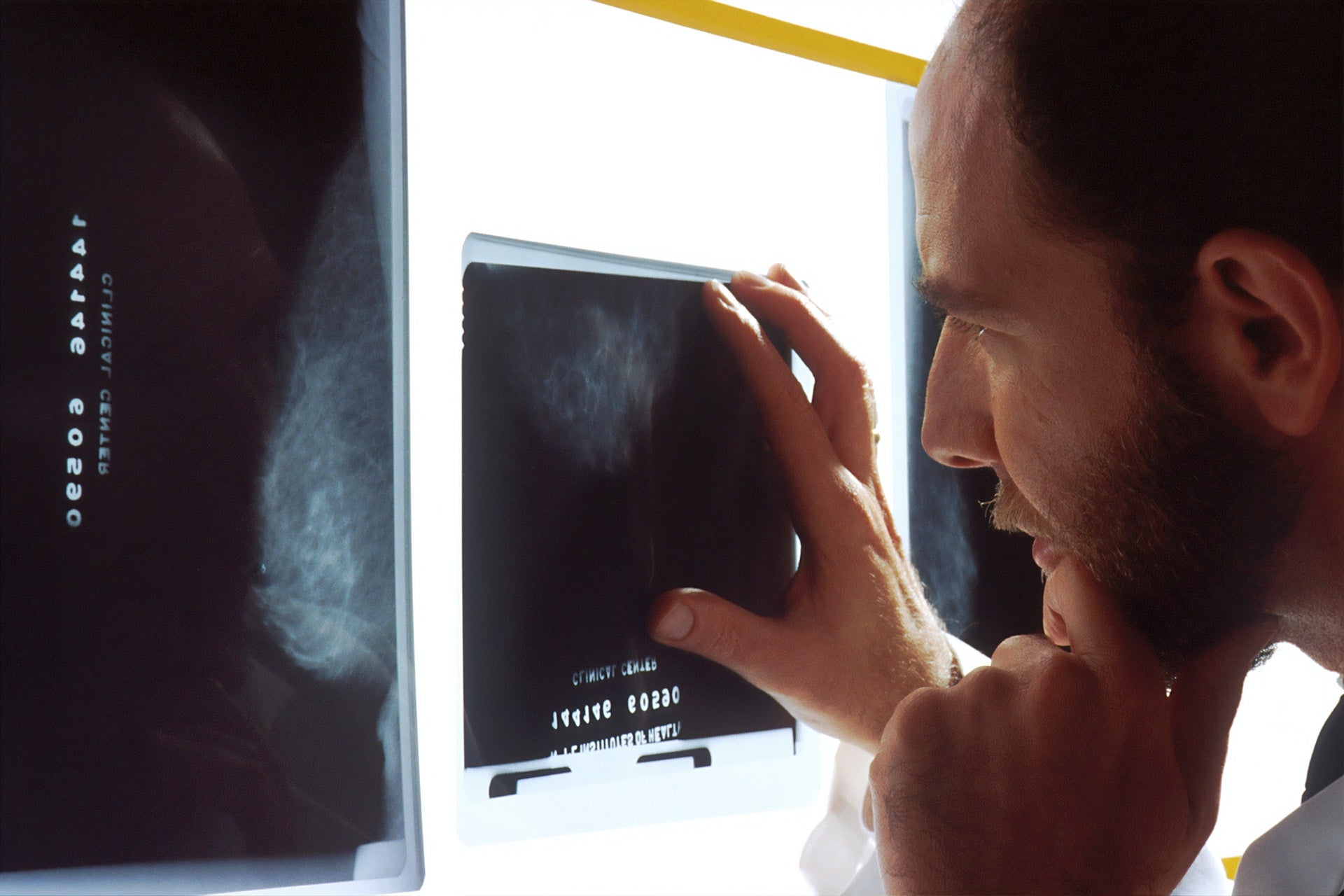Ultrasound systems are often cheaper and faster than other diagnostic imaging technologies — a benefit highlighted by the Covid-19 crisis

There are promising early signs in clinical trials that diagnostic imaging of the chest can be used to detect Covid-19
The ultrasound market looks set to outpace other diagnostic imaging systems as companies ramp up production to tackle Covid-19, says an analyst.
The market is set to grow from its current value of $5.82bn to $6bn by 2028 — and analytics firm GlobalData anticipates increased usage of ultrasound technology due to the coronavirus pandemic will have a “tangible effect” on this.
The reduced costs and time savings associated with ultrasound scans compared to other systems such as computed tomography (CT) and magnetic resonance imaging (MRI) will make it the imaging modality of choice for many hospitals in future.
Aliyah Farouk, medical device analyst at GlobalData, said: “Over half of the current Covid-19 clinical trials in diagnostic imaging investigate the effectiveness of lung ultrasounds, with many showing promise.
“The use of handheld and portable ultrasound solutions is especially valuable for treating Covid-19 patients due to the portability and ease of sterilisation.
“Additionally, usage is safe for children and pregnant women as exposure to radiation is eliminated with no reduction in diagnostic accuracy.”
The medical imaging market and Covid-19
GlobalData analysis has found that its benefits make ultrasound technology an “attractive option” for hospitals.
And, while existing ultrasound systems are currently being repurposed to treat Covid-19 patients, the market is still expected to grow because companies will ramp up production to meet demands.
GlobalData estimates that, in the US, diagnostic imaging (DI) procedures have not been hit by the pandemic as severely as many other therapy areas, including elective surgeries and dental procedures. This is because more than 60% of DI procedures are considered essential.
Although the US CDC (Centers for Disease Control and Prevention) has recommended postponing less urgent procedures including mammographies, CT scans and X-ray examinations, GlobalData says it expects the volume of DI procedures to return to pre-coronavirus levels by the end of June, or early July, in 2020.

This is in no small part down to the fact that diagnostic imaging can also be used to confirm diagnoses and prognoses of Covid-19 infections by performing a CT scan of a patient’s chest.
“Overall, the diagnostic imaging market is recovering, as many regions have begun to reintroduce imaging services,” said Farouk.
“GE Healthcare reported plunging global scan volumes for CT and MRI in March, but there was a significant turnaround by May.
“GlobalData expects this sector to fully recover by the end of the year as healthcare institutions make up for lost or delayed procedures.”
As the more established forms of medical imaging return to pre-coronavirus levels of usage, thermal imaging technology may also be critical in screening patients for the virus — by assessing whether or not they have a fever.
